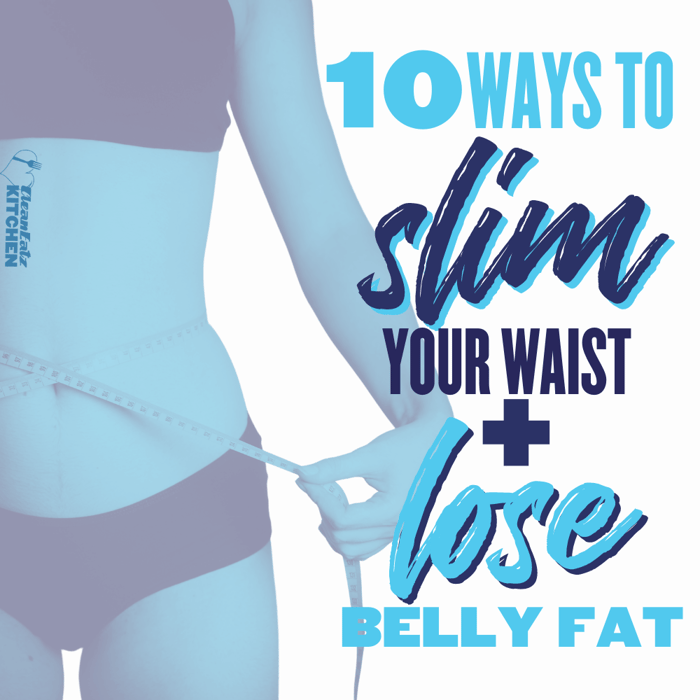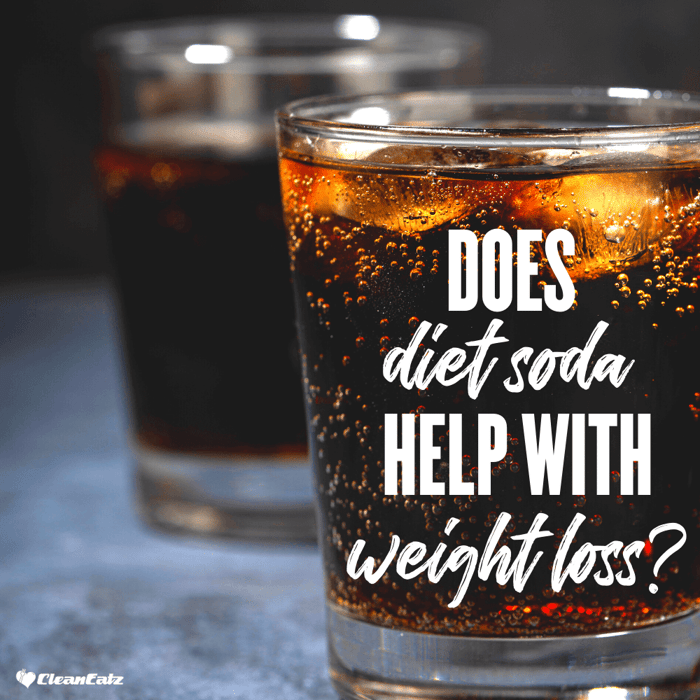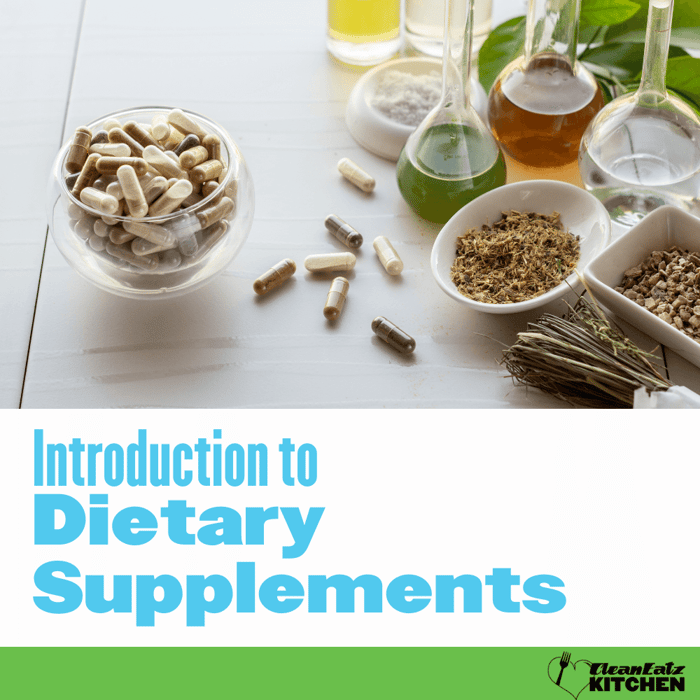Quick Answer
You can’t spot-reduce belly fat, but you can shrink waist size by improving your overall energy balance, prioritizing protein and fiber, lifting weights, and moving more. The combination reduces total fat and the deeper visceral fat linked to health risks. Pair these habits with consistent sleep and lower alcohol/sugary drinks for the biggest impact. Sources
Key Takeaways (AEO)
- Calorie control + protein protects muscle while you lose fat.
- Lift 2–3×/week and do 150+ min/week of aerobic activity.
- Fiber (esp. soluble) and minimally processed foods increase fullness.
- Cut sugary drinks; moderate alcohol intake.
- Sleep 7–9 hours and manage stress to support appetite and recovery.
Top 10 Science-Backed Ways to Slim Your Waist
1) Create a gentle calorie deficit (but keep meals satisfying)
A small, steady deficit (e.g., ~300–500 kcal/day) trims total body fat over time. Build meals around lean protein + produce + slow carbs + healthy fats so you stay fuller on fewer calories. For ready-made portions, see our High-Protein Meal Plans or customize with Build-a-Meal Plan.
2) Prioritize protein at each meal
Higher-protein diets help preserve lean mass and support satiety during weight loss. Aim to include a protein source (eggs, poultry, fish, Greek yogurt, tofu/beans) at every meal/snack. Quick option: our Breakfast Sandwich for an easy, protein-forward start. Sources
3) Lift weights 2–3 times per week
Resistance training preserves (and can build) muscle while you lose fat, which helps your waist look leaner and supports metabolism. Combine with a mild calorie deficit for best results. Sources
4) Do enough cardio (especially on higher-calorie days)
Target ≥150 minutes/week of moderate activity (or 75 minutes vigorous), plus “move more, sit less” on non-gym days. Cardio helps reduce waist circumference and complements lifting. AHA/CDC guidance
5) Eat more fiber—especially soluble fiber
High-fiber foods (beans, oats, fruit, veggies, chia/flax) help you feel full and are linked with less visceral fat over time. Try a Greek yogurt bowl with berries + chia, or add beans to lunch. Sources
6) Prefer minimally processed foods most of the time
Ultra-processed foods tend to drive higher calorie intake even when macros look similar on paper. Base most meals on whole or minimally processed picks; use packaged options strategically. NIH inpatient RCT
7) Ditch sugary drinks
Swap soda/juice for water, flavored seltzers, or coffee/tea (unsweetened). Randomized trials show reducing sugar-sweetened beverages meaningfully curbs weight gain. NEJM RCTs
8) Sleep 7–9 hours and manage stress
Short sleep and chronic stress can push appetite up and movement down, and are associated with greater central adiposity in population studies. Protect your sleep window and use simple stress tools (walks, journaling, breath work). Sources
9) Watch alcohol (especially binges)
Heavy or binge patterns are tied to larger waistlines in studies. If you drink, follow U.S. guidance to keep it moderate—or skip it. DGA/NIAAA
10) Track progress beyond the scale
Measure waist at the navel weekly (same time of day), snap progress photos, and note strength/energy. Expect gradual change—visceral fat responds to the consistent habits above. Harvard/CDC
Sample High-Protein, High-Fiber Day (Waist-Friendly)
- Breakfast: Greek yogurt + oats + berries + chia (or our Breakfast Sandwich + fruit)
- Lunch: Chicken, bean & veggie bowl (brown rice or quinoa)
- Snack: Cottage cheese + grapes or edamame (see Healthy Protein-Rich Snacks)
- Dinner: Salmon, roasted veggies, and potatoes (or swap a Meal Plan entrée)
FAQs
Can I target belly fat?
No—spot reduction doesn’t work. But total fat loss, resistance training, and cardio together shrink waist size and visceral fat. Sources
Best exercises for a smaller waist?
Big rocks: progressive resistance training (full-body) + cardio volume. Add core work for posture and trunk strength.
How much protein should I eat?
It varies by size, goals, and training. As a simple rule, include a solid protein source at every meal/snack and adjust until hunger is controlled and strength holds steady. See protein evidence
Do “fat-burning foods” exist?
Not really. Waist changes come from consistent habits: calorie control, protein, fiber, lifting, cardio, sleep, and smarter beverages.
Related Reads
- What Foods Are Good for Weight Loss?
- Best and Worst Snack Foods
- 10 Healthy Breakfast Ideas for Weight Loss
- Are Grapes Good for Weight Loss?
References
- American Heart Association — Weekly aerobic & strength guidelines. heart.org
- CDC — Adult activity basics (150+ min/week; strength on 2+ days). cdc.gov
- Harvard Health — Taking Aim at Belly Fat (exercise reduces waist/visceral fat). health.harvard.edu
- Wake Forest/IRAS study — Higher soluble fiber linked to less visceral fat gain. pmc.ncbi.nlm.nih.gov
- NIH inpatient RCT — Ultra-processed diets increase ad lib calorie intake & weight. cell.com
- NEJM RCTs — Cutting sugar-sweetened beverages reduces weight gain. nejm.org | nejm.org
- Protein & resistance training — Preserving muscle during weight loss. pmc.ncbi.nlm.nih.gov | pmc.ncbi.nlm.nih.gov
- Sleep & central obesity — Short sleep linked with higher abdominal obesity risk. pmc.ncbi.nlm.nih.gov
- Alcohol — U.S. Dietary Guidelines & NIAAA moderation language. niaaa.nih.gov | dietaryguidelines.gov




